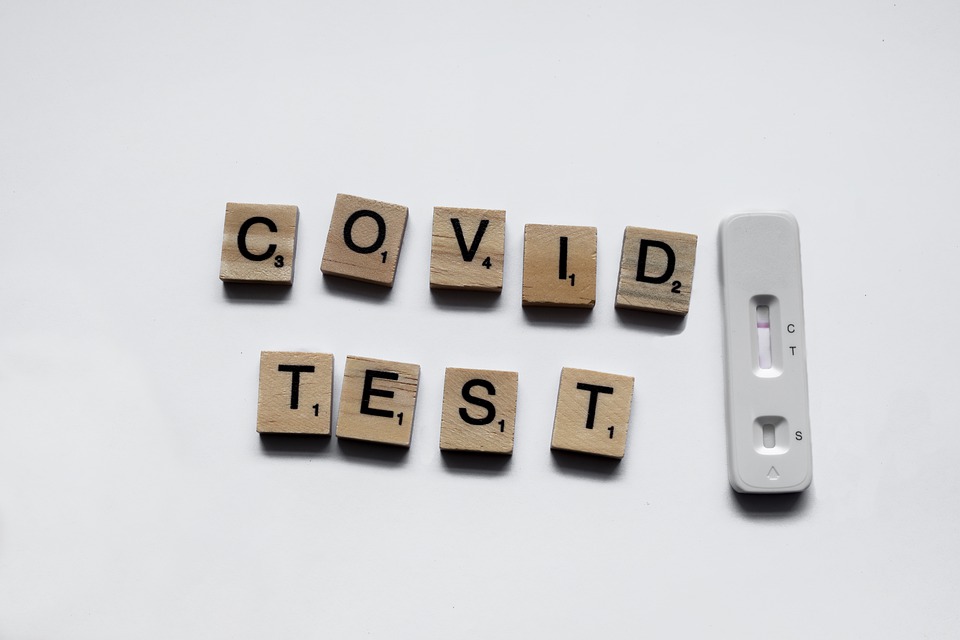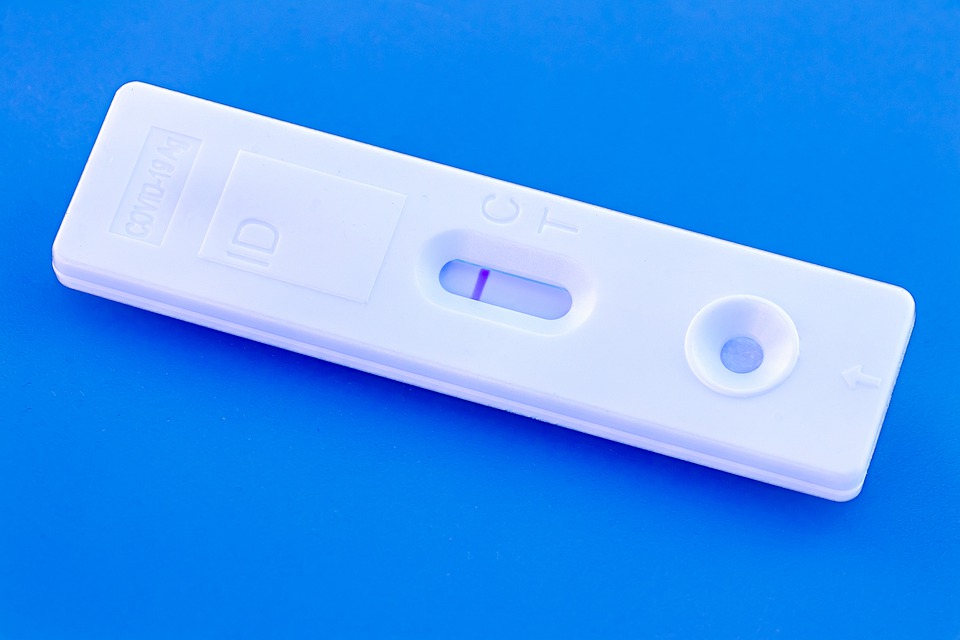Do NOT open the rapid antigen test items until you are ready to start. Storing the test open can lead to false positives (you can test positive without really having COVID).
Thea van de Mortel, Griffith University
Many of us have taken a rapid antigen test (RAT) or have administered them to our school-aged children.
But how many of us are using them correctly?
Here are 15 pitfalls to avoid if you want to get the most out of your RAT.
1. Storing at the wrong temperature
RATs should be kept at 2-30℃ for them to work as intended.
Storing at higher temperatures means proteins in the tests can be denatured – permanent changes to protein structure, just like when you cook an egg.
Don’t let the kit freeze. This can also damage the kit components.
2. Using straight from the fridge
The reagents (essential test kit ingredients) will not work properly at cold temperatures. Let the kit sit out of the fridge for about 30 minutes before using it.
3. Using an out-of-date test
Always check the use-by date before using, which you’ll find on the carton. Expired tests can contain biological or chemical reagents that have gone off or are denatured.
Read Also: buy RAT Test Kit in Darwin

4. Opening too early
Do NOT open the test items until you are ready to start. Storing the test open can lead to false positives (you can test positive without really having COVID).
5. Taking the test too soon or too late after exposure
A study, which has yet to be reviewed by experts, suggests RATs cannot detect SARS-CoV-2 (the virus that causes COVID-19) until at least day two after exposure. It takes a median of three days to test positive.
RATs also cannot detect the virus later than about seven or eight days after exposure. So don’t wait too long to get tested.
RAT sensitivity (ability to detect a positive case) improves if you take a daily test, over several days.
6. Assuming all tests work the same
Some RATs need nasal swabs, others use saliva. The way virus is extracted from the sample, the number of drops to add to the testing device, and the timeframe to read the results differ between brands.
Familiarise yourself with the instructions, especially if it’s a new brand, or it’s been some time since your last RAT.
7. Contaminating the test
Do NOT touch the tip of the swab (the soft bit that goes in your nose) with your fingers or allow it to come into contact with other surfaces.
It is important that you do not eat, drink, smoke, brush your teeth or chew gum for 10-30 minutes (refer to the instructions provided) before collecting saliva for a rapid antigen test as it may produce an incorrect result. Find out more: https://t.co/5ZE60WvvR1 pic.twitter.com/Xm87Lo7m20
— TGA Australia (@TGAgovau) February 2, 2022
8. Sampling snot
Blow your nose before doing a nasal swab as you don’t want to sample snot. You want to swab the tissue that lines the nasal passages, using the technique below.
9. Swabbing at the wrong angle and depth
When inserting the nasal swab, you are not trying to swab the inside of your nostril but the tissue further back in the nasal passages.
Because it’s easy to get the angle/depth wrong, it’s best for parents or caregivers to take children’s samples. Most RATs shouldn’t be used on children under two years old, so check the instructions if you’re not sure.So rather than going directly upwards with the swab, try to go horizontally and about 2-3 centimetres back. Then rotate the swab gently against the walls of the nasal passage the exact number of times your test recommends. Repeat on the other side.
10. Continuing with a bloody swab
Blood on the nasal swab will give you an inaccurate result. Discard the test and do another when bleeding has stopped, or swab only on the side that is not bleeding.
Don’t use a test that requires nasal swabbing if you are prone to nose bleeds. Use a saliva test instead (see below).
11. Eating, drinking, chewing gum, brushing your teeth or smoking before a saliva test
These can give an inaccurate result. So wait 30 minutes before taking a saliva sample.
12. Adding too many or too few drops to the indicator device
Adding the right number of drops will ensure the liquid moves across the test surface in a specific time. If you add extra drops, or too few, you will mess up the timeline and the test will not work properly.
Read Also: I’ve tested positive to COVID. What should I do now?
13. Reading the result too early or too late
Read the result at the time listed in the instructions.
Read the test too early and it is likely to give you a false negative result (the test reads negative but you are really positive). Too late and it might indicate you are positive when you are not.
Read Also: Buy a RAT test kit in Perth

14. Misreading the result
When you read your results (at the correct time):
- two lines means you have tested positive for SARS-CoV-2
- a line at C (for control) ONLY means the test has worked and you have tested negative
- a line at T (for test) (or A for antigen, depending on the kit) but NOT C means your test is faulty. Do another one
- no lines also means your test is faulty and you need to repeat it.
15. Disposing of the kit incorrectly
Seal any components of the kit that have come into contact with your nasal or saliva sample (swab, containers, reagents, test device etc) in the plastic bag provided and dispose in the garbage.
Only place the cardboard carton and paper instructions in recycling.![]()
Thea van de Mortel, Professor, Nursing and Deputy Head (Learning & Teaching), School of Nursing and Midwifery, Griffith University
This article is republished from The Conversation under a Creative Commons license. Read the original article.











